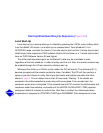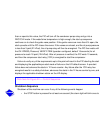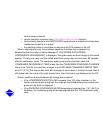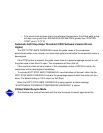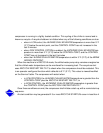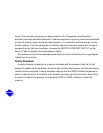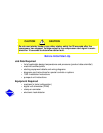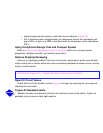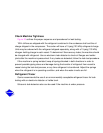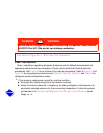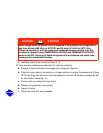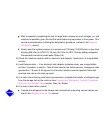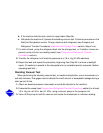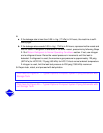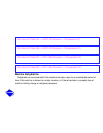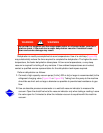
Check Machine Tightness
Figure 26 outlines the proper sequence and procedures for leak testing.
19XL chillers are shipped with the refrigerant contained in the condenser shell and the oil
charge shipped in the compressor. The cooler will have a 15 psig (103 kPa) refrigerant charge.
Units may be ordered with the refrigerant shipped separately, along with a 15 psig (103 kPa)
nitrogen-holding charge in each vessel. To determine if there are any leaks, the machine should
be charged with refrigerant. Use an electronic leak detector to check all flanges and solder
joints after the machine is pressurized. If any leaks are detected, follow the leak test procedure.
If the machine is spring isolated, keep all springs blocked in both directions in order to
prevent possible piping stress and damage during the transfer of refrigerant from vessel to
vessel during the leak test process, or any time refrigerant is transferred. Adjust the springs
when the refrigerant is in operating condition, and when the water circuits are full.
Refrigerant Tracer
Carrier recommends the use of an environmentally acceptable refrigerant tracer for leak
testing with an electronic detector or halide torch.
Ultrasonic leak detectors also can be used if the machine is under pressure.



